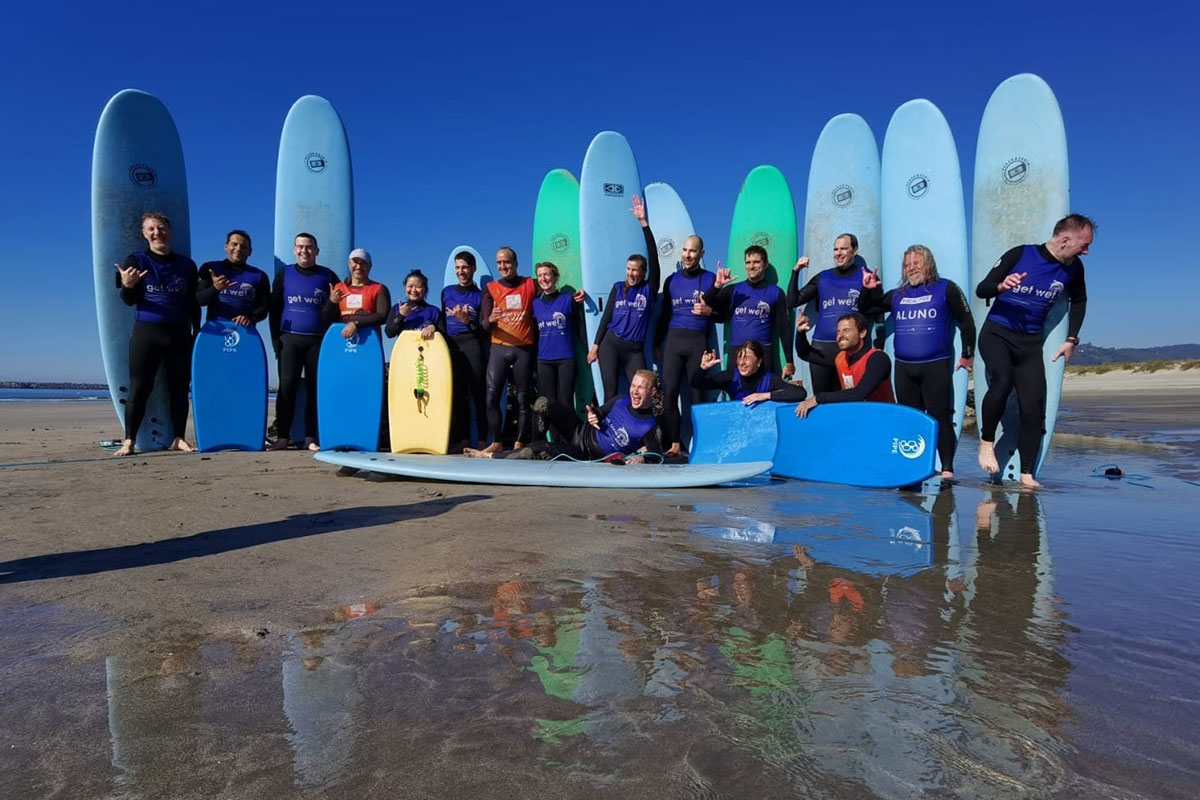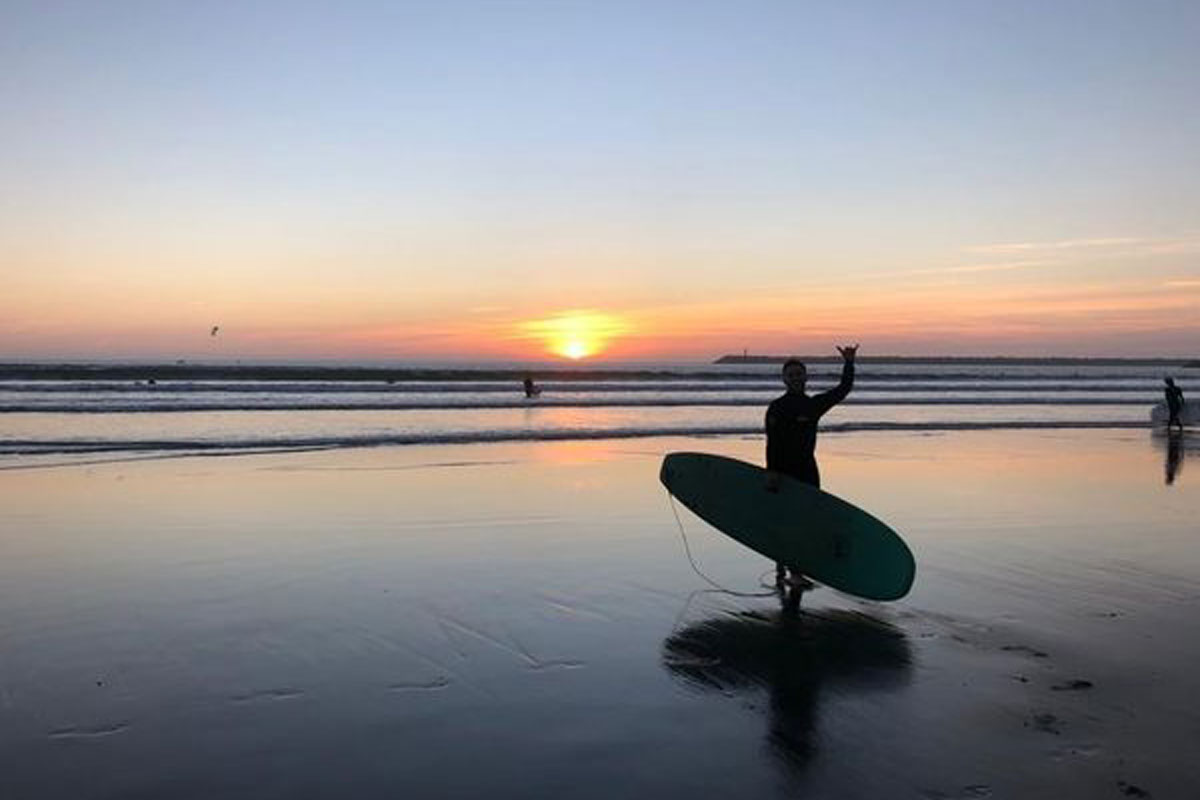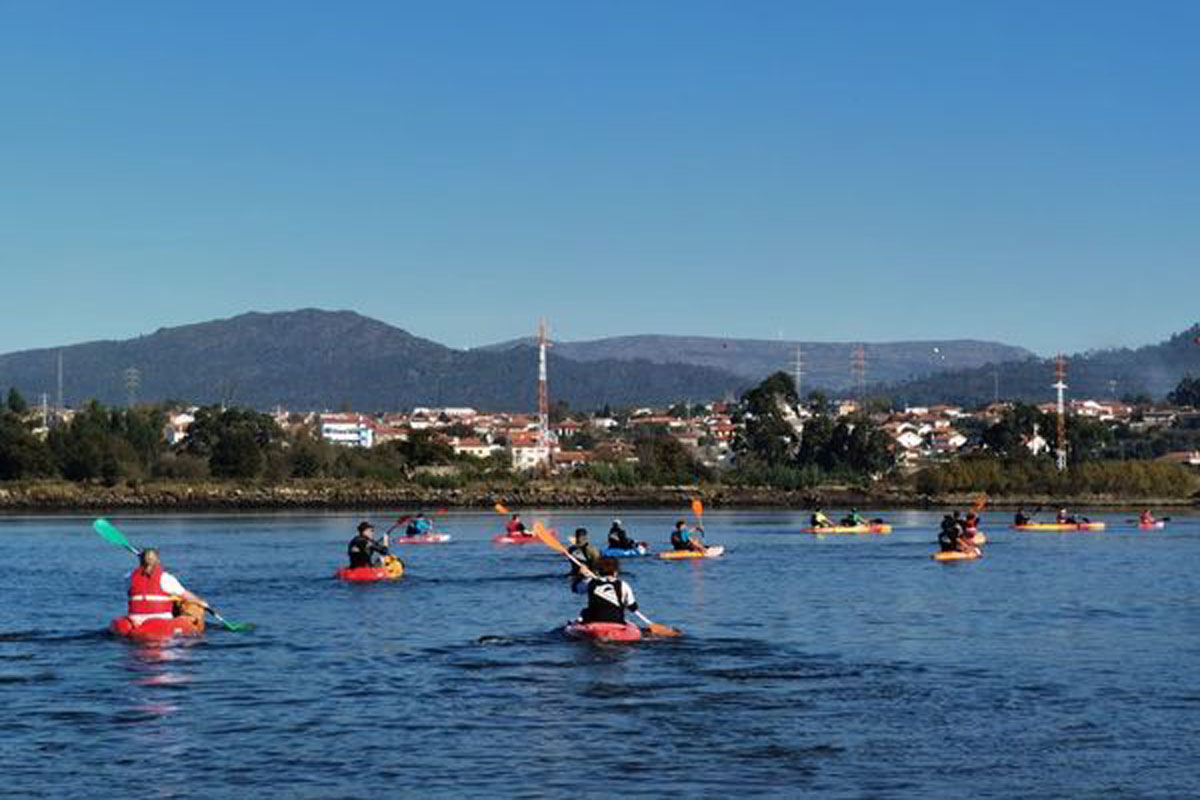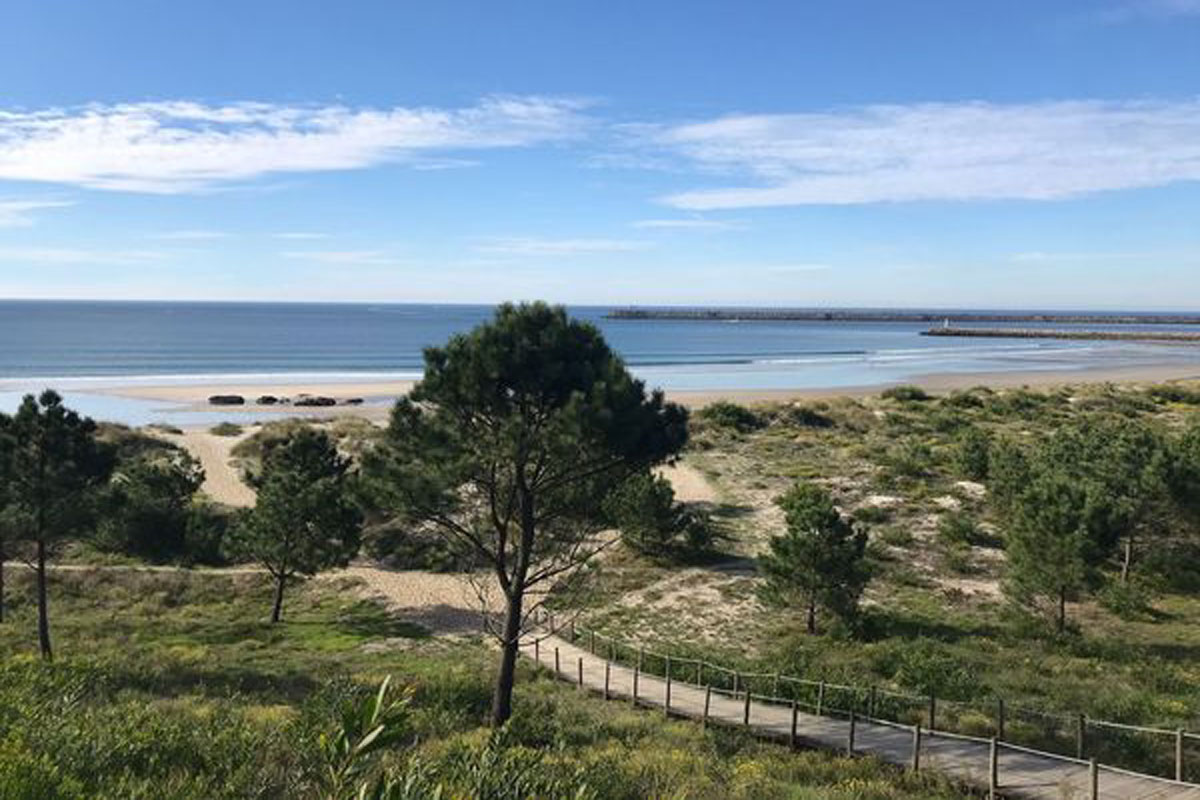We use cookies to improve our services. Read more about how we use cookies and how you can refuse them.
Interaction between water based sports and their associated blue environments
From the 8th November until the 13th of November, partners of the SEE project met in Portugal for an exchange focused on water environments. One person of every partner organisation took part in the programme. In addition, interested water sports stakeholders from Portugal and across Europe were invited to join the programme as a multiplier event.
Day one recap:
The project partners started the day with 'scene setting' listening to the video from the EU Sport Forum why sustainability matters to outdoor sports and how climate change will impact outdoor sports. Followed by the first outdoor practical session, surfing. Leonor Cruz from the environmental monitoring and interpretation centre https://www.cmia-viana-castelo.pt/ gave a short lecture about the marine ecosystem and the 3 N2000 in and around Viana do Castelo, including the dune habitat where a project is currently running to increase biodiversity and get rid of invasive species. The surf club Viana is supporting by organising beach clean ups, tree planting and educate the school kids that are there for surf lessons.
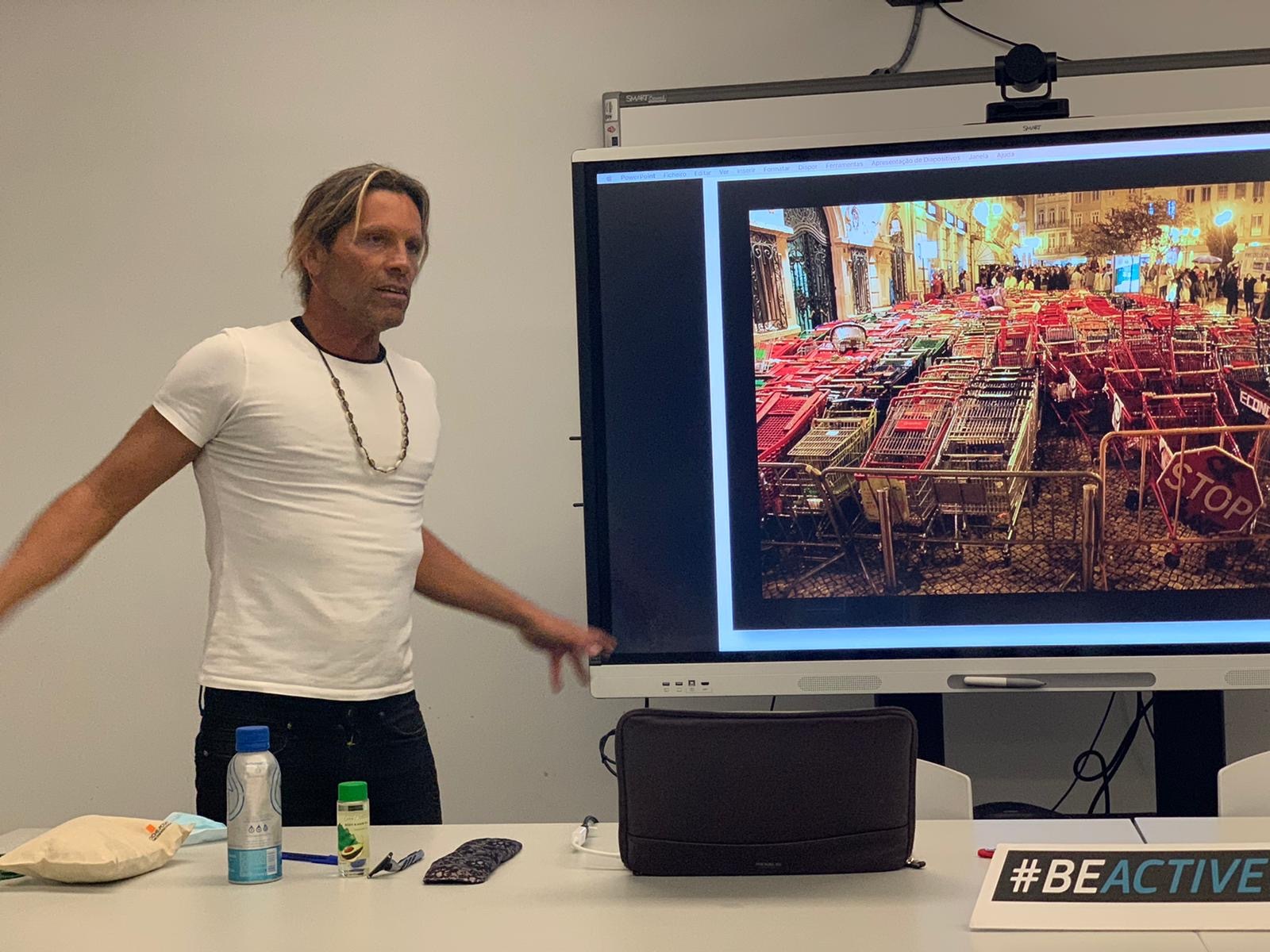
In the afternoon, all partners went for a guided walk on the coastal eco way (Coastal Geopark of Viana do Castelo). Ricardo Carvalhido explained how the Geopark was created and the landscape shows that the sea level has changed several times in history. Some eroded rocks prove that the water was much higher than it was now. The indoor session in the afternoon were provide by the Surf School Viana, explain the STOKE certification they recently received https://www.stokecertified.com/surf-clube-de-viana-first-stoke-certified-at-best-practice-level/ and a speech by Fernando de Paiva, https://en-gb.facebook.com/naolixes/ how he changed his life drastically and became a environmental activist and organises various litter free campaigns and clean ups.
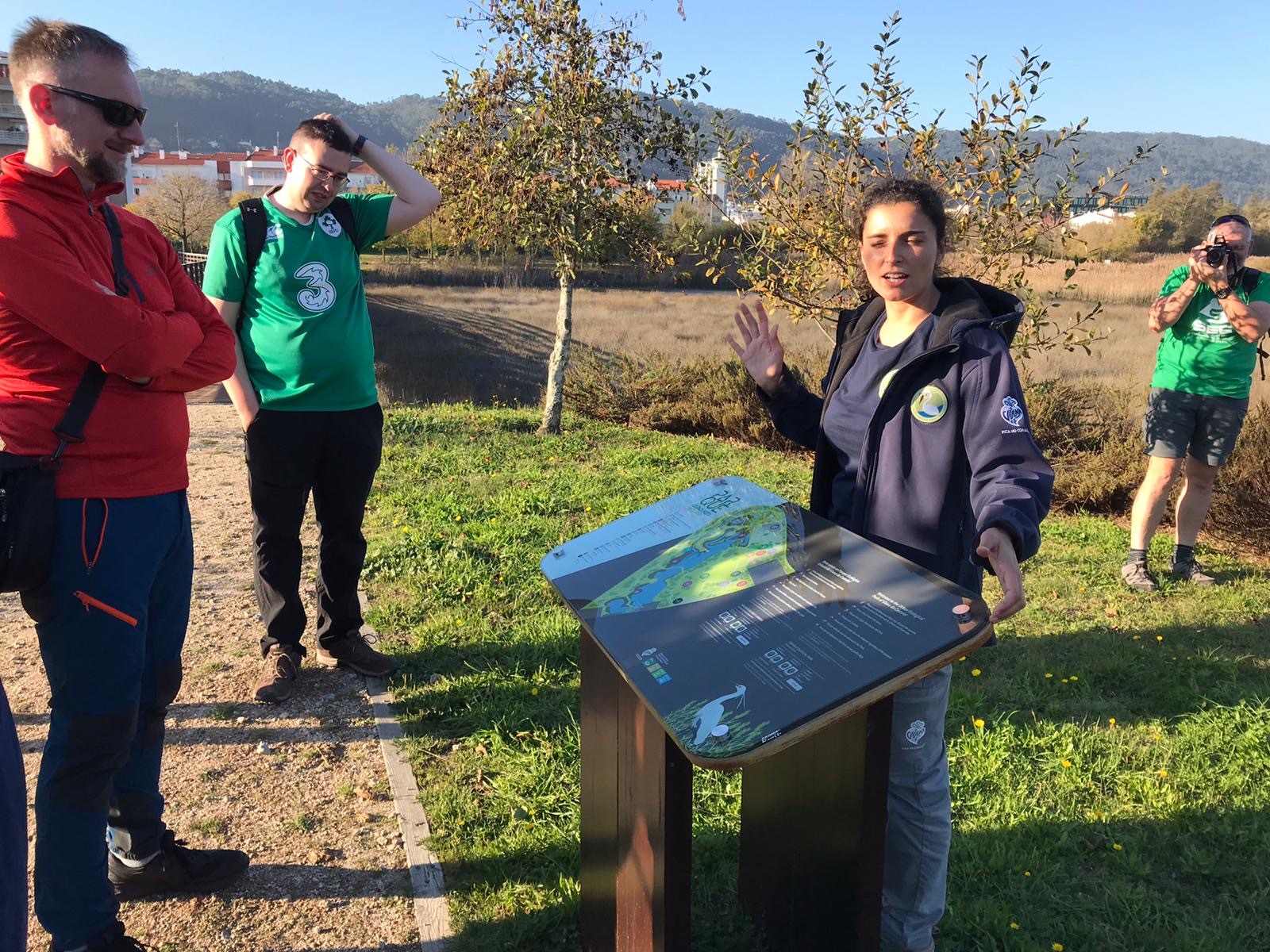
Day two recap:
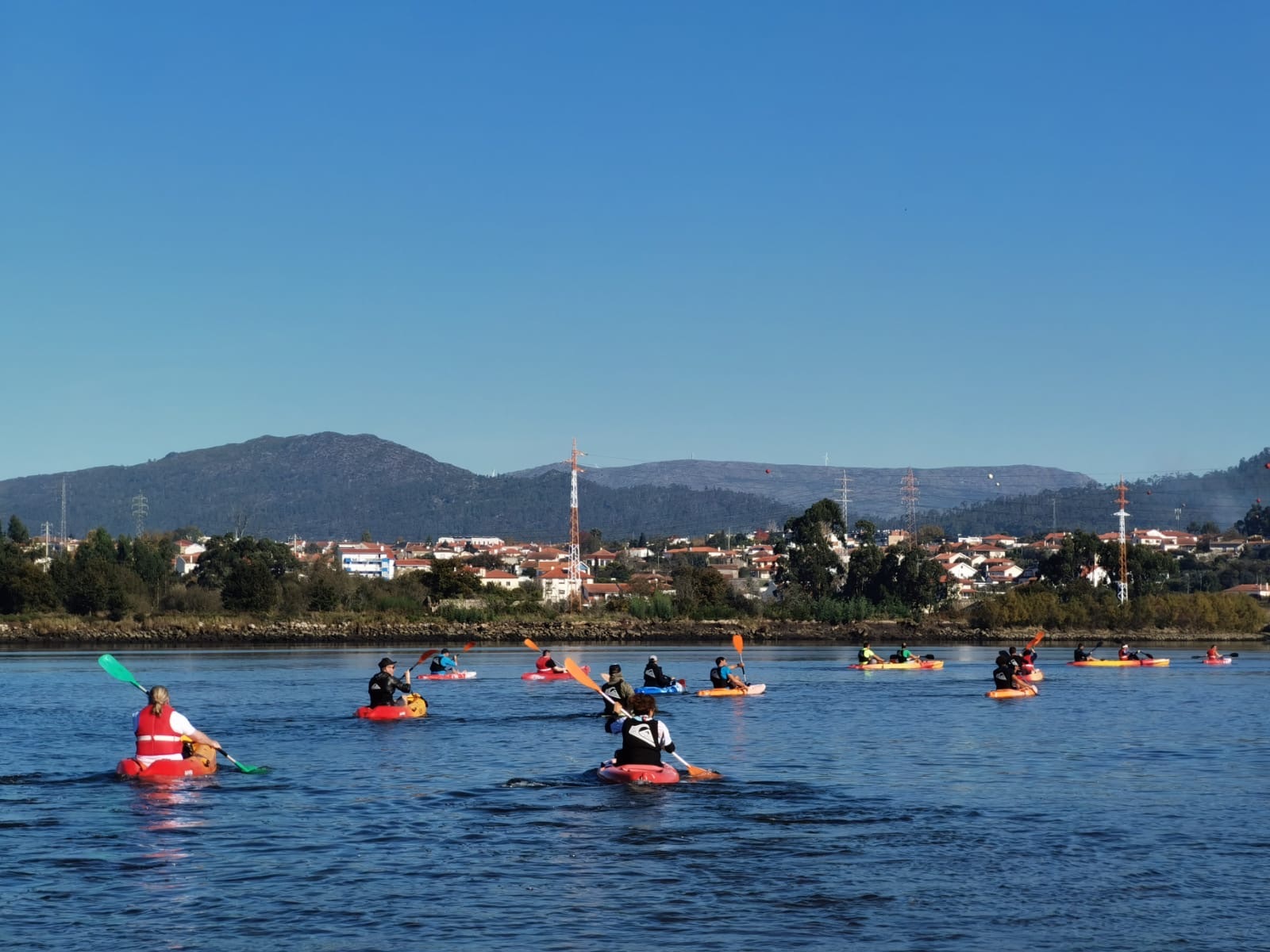
Day three recap:
During the final morning session, the WiSe scheme, UK's national training scheme for minimising disturbance to marine wildlife, was introduced by partner organisation SportNI. https://www.wisescheme.org/ The WiSe scheme was originally created for sea operators (boats) but easily to convert to outdoor sports in marine environments. SportNI showed different methods and exercises on the beach how to educate outdoor sporters and teach them how to minimize or mitigate their impact on e.g. disturbing wildlife (e.g. seals while kayaking). Andra Croitorou (Propark Foundation, Romania) added a few pedagogical methods and exercises on how to teach kids (and adults) about the water cycle and Mairead O' Donovan (scoil na Mara https://www.facebook.com/scoilnamara/ used the beach as 'natural white board' to teach all partners the 7 principles of Ocean Literacy in a simplified way.
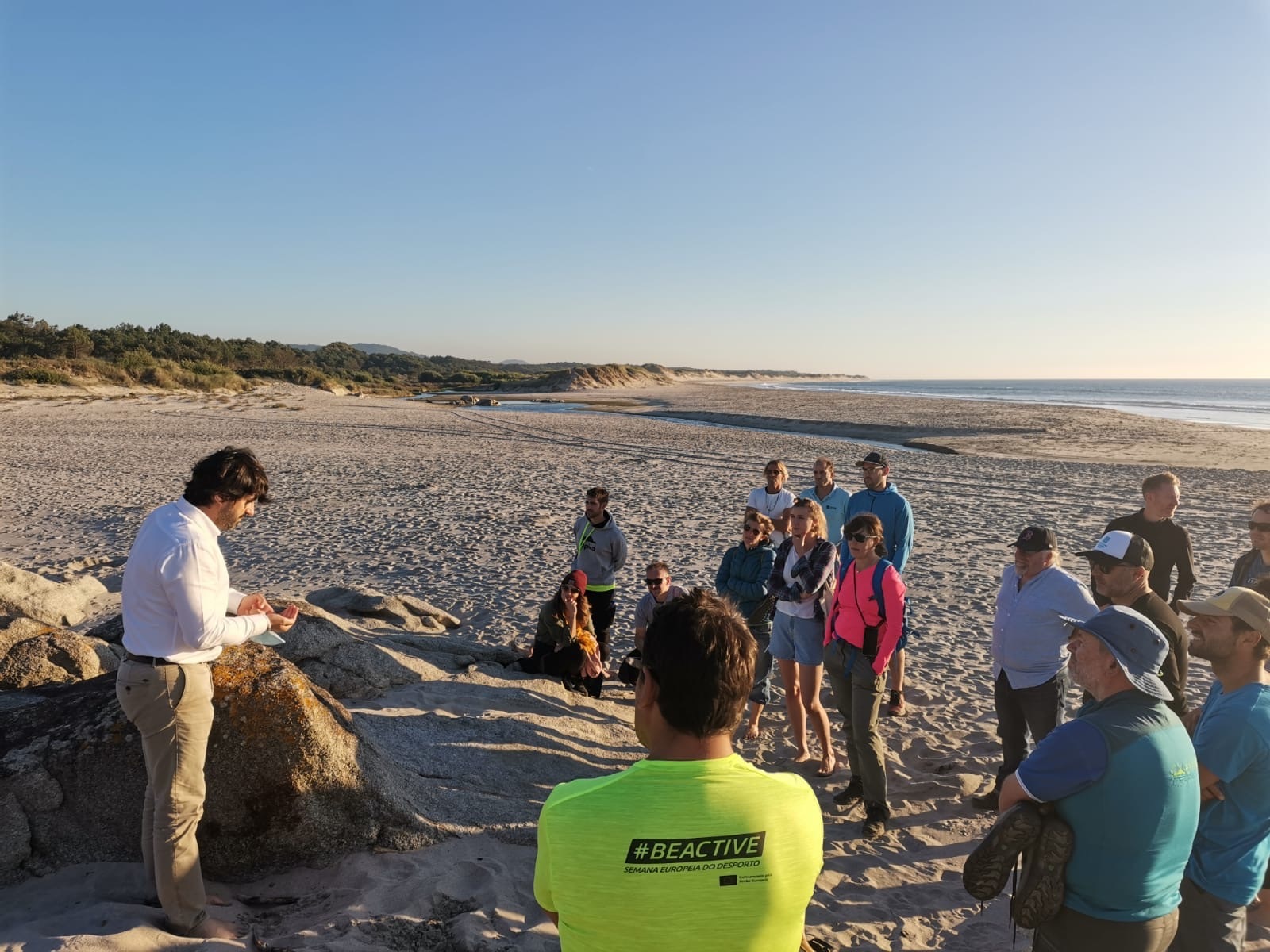
 English
English Português
Português

